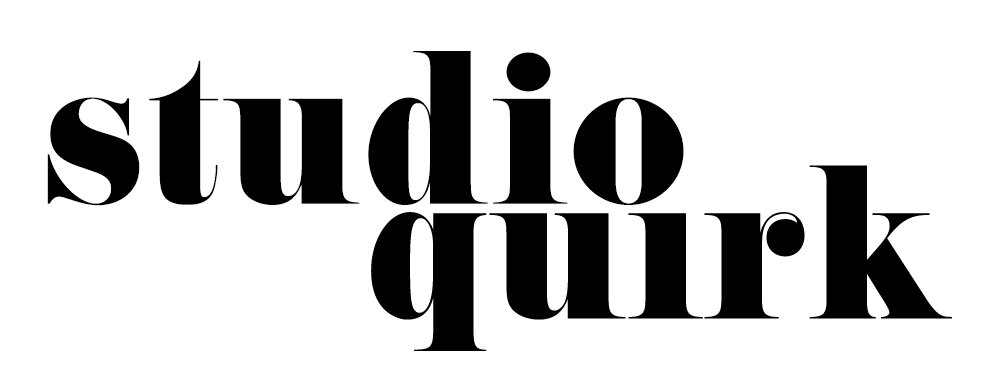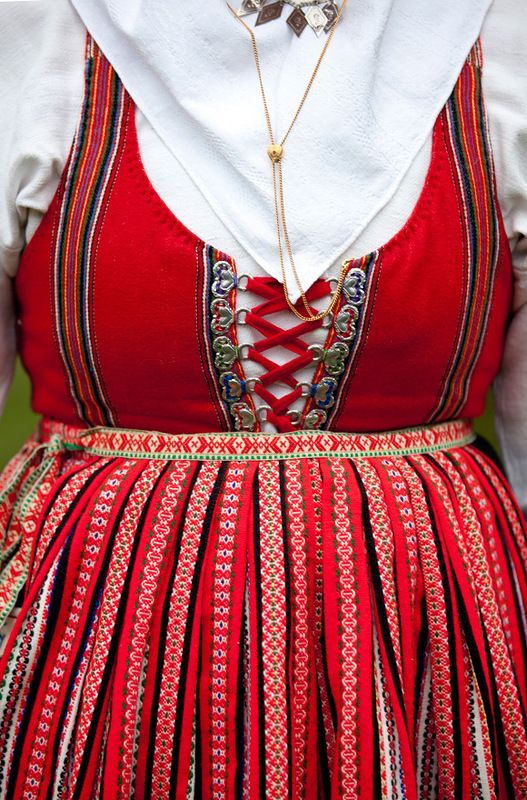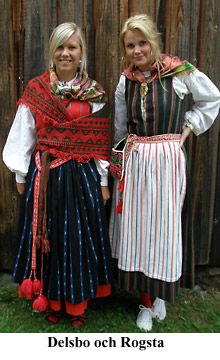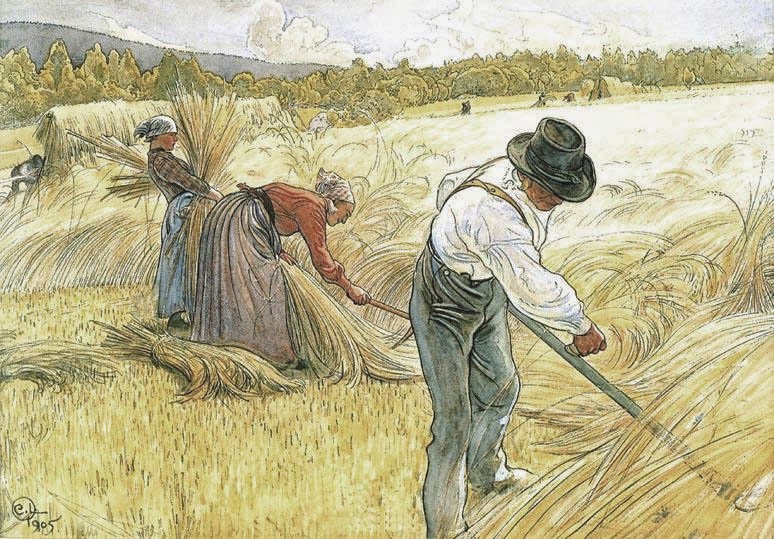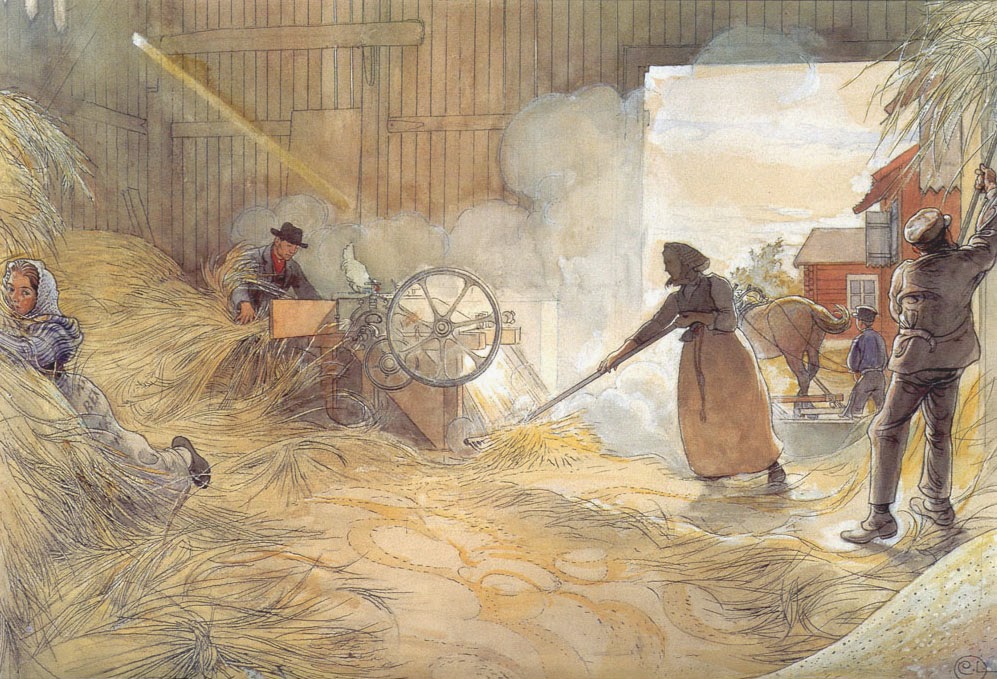The Kirsten Project | Hair and Hat Inspiration
/Little Lie-A-Bed's Sad Breakfast by carl larsson 1900
One of the most iconic parts of Kirsten’s character are her signature looped braids. My hair never got long enough to make it work as a kid, so I’m determined as ever to make it happen now. So why looped braids? I got my first answers to this question when I started chatting with Renée Graef (illustrator of the Kirsten series) about the work of Carl Larsson. As I went down the rabbit hole, I found Carl had a daughter named Kersti. Kersti Larsson = Kirsten Larson!! Two of his other daughter’s names, Lisbeth and Brita, show up as a cousin and sister of Kirsten in the series as well! When you look at Carl Larsson’s work you’ll be able to spot Kersti right away and it’s all about that blond hair and those darling braids. Renée also told me Larsson’s artwork was very influential across Pleasant Company and he remains one of her favorite artists even today. In a previous post I wrote about another iconic Kirsten accessory - her striped apron - which is visible in many of Carl Larsson’s pieces as well! If you’re looking to go down a rabbit hole of beautiful artwork, get Googling on Carl Larsson and you’ll fall in love with his family, their home and lives. My guess is that the costume seen in his artwork had a strong influence on some of Samantha’s wardrobe as well!
KERSTI in black by carl larsson 1905
KERSTI’S FRIEND COMES VISITING by CARL LARSSON 1905
The real Kersti Larsson was born in 1896, so before I started braiding my hair, I wanted to get a better idea of what looped and braided styles were common half a century earlier, in the 1850s. Luckily, early photography, like daguerrotypes, were hitting their stride by this time and I have a lot of examples to refer back to.
Queen Victoria’s Looped Braids of the 1840s.
One thing you’ll notice right away is that full thick bangs like Kirsten’s were not in style. My assumption is that all of the original dolls needed to have the same wig (even if they are different colors) and that’s why Kirsten came with bangs. Not that a pioneer gal couldn’t chop some fringe (I vaguely remember a scene in the Little House books when a girl is scolded for cutting hers), but I’ve decided not to wear bangs for my version.
Bangs were also a popular hairstyle for girls in the 1980s. I know! I had them as a little girl!
Many of these versions appear to have been influenced by the braids worn by Queen Victoria in the 1840s (center parted pair of braids swoop down and hang near or below the ears before being pinned back into another braided section of hair from the back of the head), but you see the same look well into the 1860s. With the additional of the red checked bonnet, this style seems perfect for the grown up version of Kirsten.
Atop those classic blond braids Kirsten wore a red checked bonnet. The book’s illustrations, along with the doll’s accessories feature a red and white gingham with a soft brim and short back bavolet, or curtain to shade the neck. My sunbonnet will be inspired by Kirsten’s in that it’s red checked (made from a second hand men’s shirt) but differ in the following ways: I’ve chosen to orient my brim fabric on the bias as seen in the two extant versions pictured above. I’ve also decided the brim will be corded, which is also shown in all of these examples. I’ve decided to go with a happy medium regarding the bavolet length, primarily for personal aesthetic choices. I know it needs to be long enough to protect one’s neck from the sun, but I also don’t love the super long versions. Mine measures a smidge over six inches and looks nice with my pair of looped braids!
